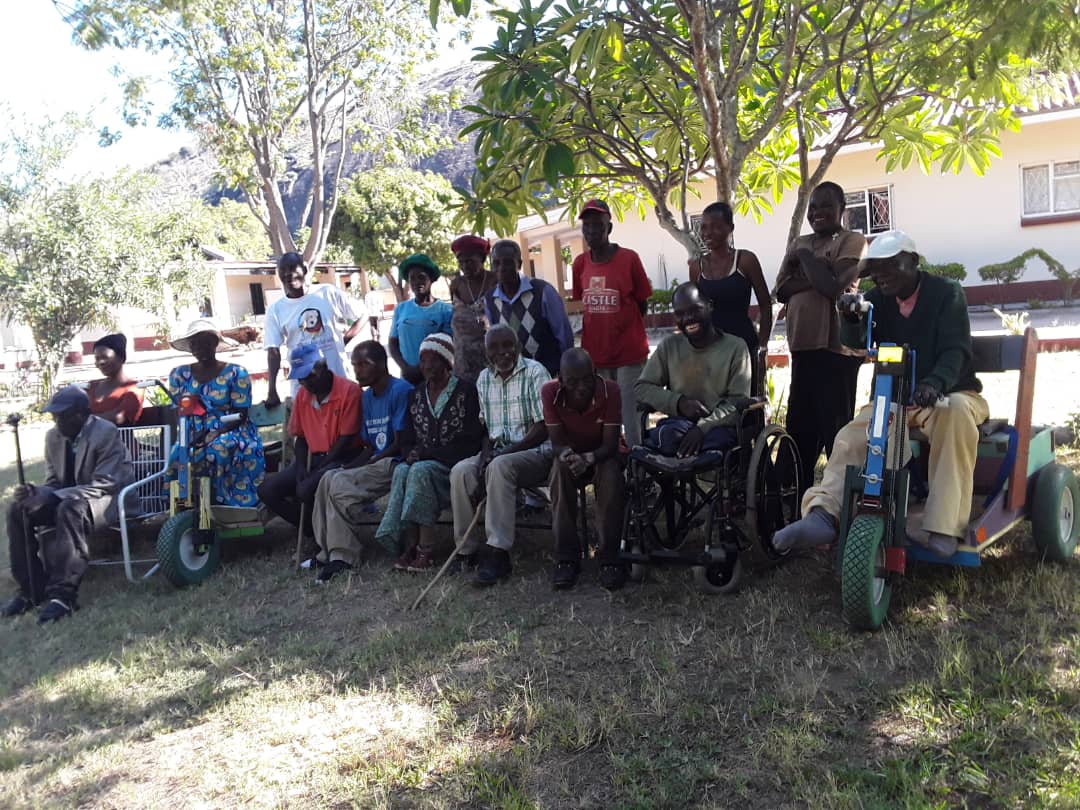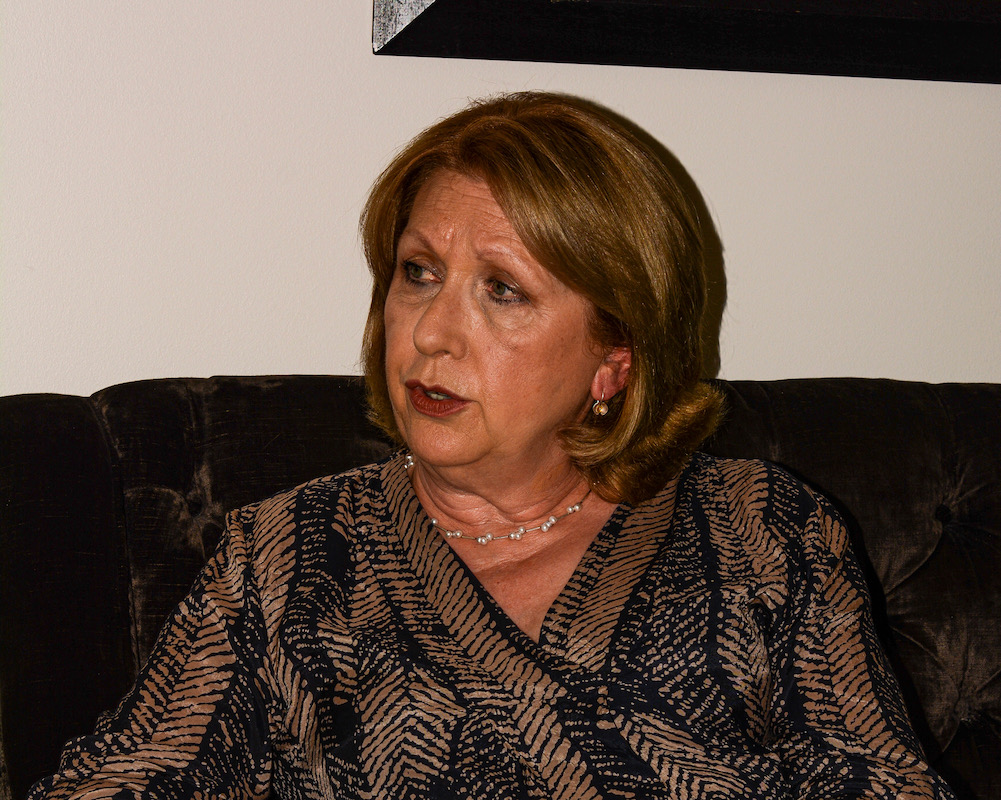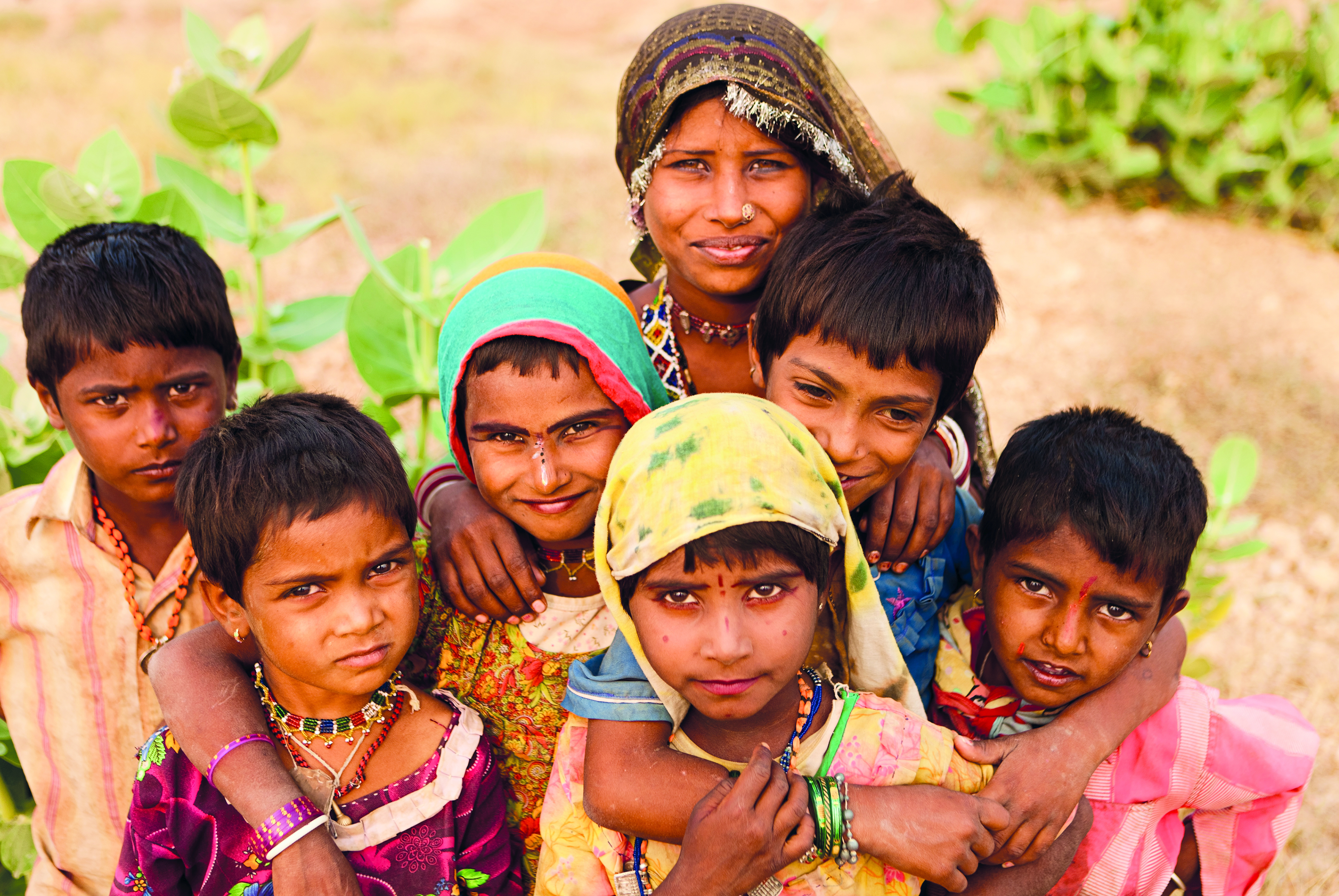Catholic leprosy charity, St Francis Leprosy Guild, has just signed up six new “active case-finding” projects and called it “a pioneering approach.”
Why do these new projects matter at all? Surely leprosy is a disease of ancient times and hardly anyone catches the disease in today’s modern world? Surely there are bigger fish to fry in terms of epidemiology and need? ?
Sadly, leprosy is a disease of our modern times, it’s just that it’s been a scourge since Jesus’ time. More than 200,000 people are newly diagnosed with leprosy every year, but this number only includes those who are actually found. Millions more go undiagnosed, spreading infection within their communities, or living with the devastating effects of the disease and its consequences. It’s just that almost nobody has leprosy in Europe these days, so we don’t hear about it much. But to put the disease into perspective, there is leprosy in 120 out of the 195 countries in the world.
If left undiagnosed, leprosy attacks nerve endings, destroying the ability to feel pain and injury. This lack of sensation makes people with leprosy susceptible to ulcers and infections. Over time, if left untreated, these ulcers can lead to the loss of fingers and toes, hands, and feet. Even those treated for leprosy and who are no longer infectious, can still develop the horrors of leprosy ulcers during their lifetime. Leprosy can also cause blindness, facial disfigurement and the clawing of hands and feet. Leprosy causes more physical deformity than any other infectious diseases.
In times gone by, people with leprosy were considered an evil threat to society. They were removed, often forcibly and legally, to leprosy colonies or asylums where they lived in poverty for the rest of their lives. Actually, there was some justification for doing this. Leprosy couldn’t be treated in those days. People with leprosy became terrifyingly deformed, blind, and worse. The horror of the condition shocked and terrified people. It is no surprise, then, to find that leprosy was also a highly stigmatised disease. (The L-word “leper” still carries a sting of fear and horror and never should be used to described people affected by the disease.)
Tragically, the legacy of leprosy stigma lives on. Many people with leprosy, whether treated or not and even their family members are still subject to stigma. And believe it or not, there are more than 120 laws in the statute books, worldwide, today, that actively discriminate against people with leprosy. If this isn’t reason enough to try and find people with leprosy and treat them, please read on.
Since 1873, we’ve known that leprosy is caused by a bacterium. But it took until the 1980s for an effective antibiotic cure to be found. Known as multidrug therapy, this discovery was a massive breakthrough for people with leprosy. Since then, around sixteen million people have been cured. By 2000s it seemed as if leprosy had been eliminated and we could all go home. But the triumph of multidrug therapy was relatively short-lived. Not because the antibiotics didn’t work, they can completely cure leprosy, and they are freely available to many. But because the disease was considered eliminated, and health services were scaled back, and leprosy expertise and knowledge were lost. But an unknown number of people still had leprosy or were catching leprosy and then transmitting it into their communities.

These people were undiagnosed, untreated and many, including children, developed the life-changing disabilities caused by leprosy. The awful reality is that leprosy has not been eliminated at all. And today, if someone suspects they have leprosy, they must try and find a clinic or hospital or doctor to get diagnosed and treated.
People with leprosy often live in remote or isolated locations with no healthcare provision and no transport. And, sadly, many doctors and nurses today don’t recognise leprosy when they see it. Worse, people who suspect that they (or a family member or friend) may have leprosy, will hide it for as a long as possible to put off the inevitable ostracisation and the end of their lives as they have known it. For many people, a leprosy diagnosis is a catastrophic, devastating life event.
Leprosy is hard to detect in its early stages. Before the disabilities caused by leprosy become visible, the disease presents as numb patches on the skin which can be easily confused with other skin complaints such as scabies. There is no point-of-care or field diagnostic test available for leprosy yet. Diagnosing leprosy involves experience, and confirmation of the disease using a skin biopsy. Leprosy may incubate for twenty years before any symptoms show at all.
In this way, those who are infected may continue to transmit leprosy to their communities and that, tragically, includes children. A proxy for undetected leprosy in a community, is the presence of children with (lifelong) leprosy disabilities.
So, these realities are why St Francis Leprosy Guild and other charities, and leprosy organisations believe that it is imperative to go out into remote communities and locations and actively find and treat people infected with leprosy and prevent leprosy disabilities and stigma from destroying people’s lives.
Is it a pioneering approach? Until recent years, caring for people with leprosy meant providing treatment with multidrug therapy, corrective surgery to improve disabilities caused by leprosy, treatment of leprosy ulcers, and trying to reintegrate people affected by leprosy back into society when they have been so shunned and ostracised.
To see an actual end to leprosy, new strategies are required to find and treat everyone with the disease. This so-called active case-finding requires a complex combination of logistics, skills, data collection and recording to find people who have leprosy, diagnose, and treat them, and maybe their families, friends, and neighbours, and monitor their progress and health over time. I think this can be considered pioneering. So, do we think we will see an end to leprosy in our lifetime? If we can try and find people with leprosy, village by village, town by town, city by city, and country by country, until we have found everyone that we can with the disease, then yes, maybe, we will. But we need all the support that we can get to make the end of leprosy the final reality.



 Loading ...
Loading ...
What do you think?
You can post as a subscriber user ...
User comments (0)